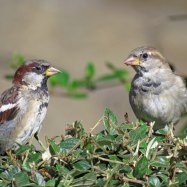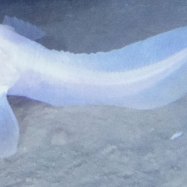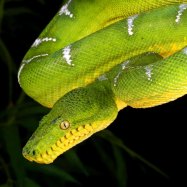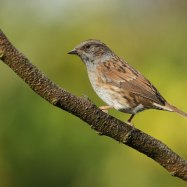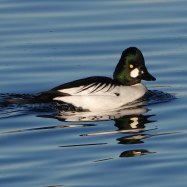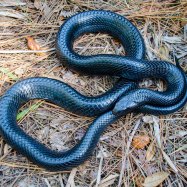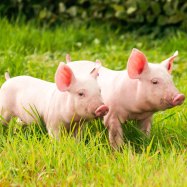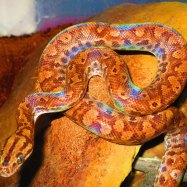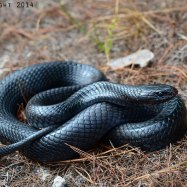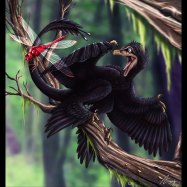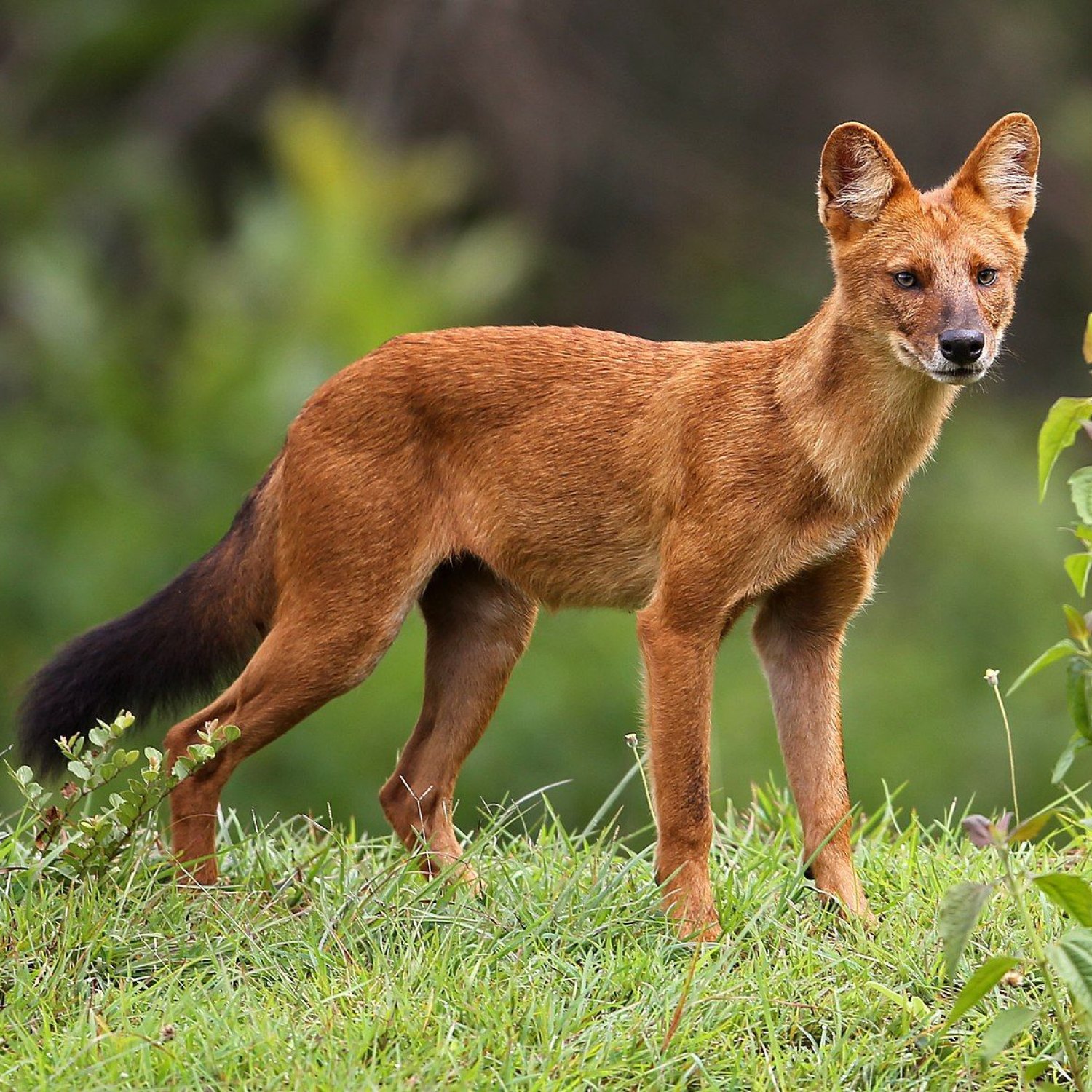
Dhole
90 - 112 cm
The dhole, also known as the Indian wild dog, is a slim and agile member of the Canidae family. Native to subtropical and tropical regions, its sleek body and impressive hunting skills make it a formidable predator. Measuring 90-112 cm in length, this intelligent and social animal is a vital part of its ecosystem. #dhole #Indianwilddog #Canidae #predator
Animal Details Summary:
Common Name: Dhole
Kingdom: Animalia
Habitat: Forests, grasslands, and mountains
The Wild Canine: Dhole
Dholes, also known as the red dogs, Asiatic wild dogs, or whistling dogs, are one of the least known and elusive species of the canid family. They are native to South and Southeast Asia and are found mainly in countries like India, Bhutan, Bangladesh, Cambodia, Laos, Myanmar, Nepal, Thailand, and Vietnam. Dholes are highly social animals, and they live in packs of six to twelve individuals. These unique creatures have captured the interest and curiosity of wildlife enthusiasts and researchers, making them one of the most fascinating and mysterious animals in the world Dhole.The Science Behind Dholes
Scientifically known as Cuon alpinus, the dhole belongs to the Animalia kingdom, Chordata phylum, Mammalia class, and Carnivora order. They are a species of wild dog and are the only member of the Cuon genus. Dholes are closely related to other canids such as wolves, foxes, and domestic dogs, but they have several distinct features that set them apart from their relatives.Dholes are medium-sized canines with a reddish or golden brown coat color. Their fur is thick, short, and coarse, making it easier for them to adapt to different environments. They have a slim, agile body shape and can weigh between 12 to 21 kilograms, with an average length of 90-112 centimeters. They have a relatively long lifespan of up to 10 years in the wild and can live up to 16 years in captivity.
The Habitat and Distribution of Dholes
One of the reasons why dholes are lesser-known animals is because they inhabit some of the most remote and dense regions in South and Southeast Asia. They are found in a variety of habitats, including dense forests, grasslands, and mountains Desert Wolf. Dholes usually prefer subtropical and tropical regions with an abundance of prey and water resources.Although dholes are primarily found in the Indian subcontinent, they also have a widespread distribution in other countries such as Bhutan, Bangladesh, Cambodia, Laos, Myanmar, Nepal, Thailand, and Vietnam. These elusive creatures have adapted to live in various habitats, which result in some variations in their appearance and behavior depending on their location.
The Feeding Habits of Dholes
Dholes are carnivorous animals, which means they primarily feed on meat. They have a varied diet that includes prey such as small mammals, deer, wild boars, birds, and reptiles. Dholes are skilled and efficient hunters, and their ability to work together in a pack makes them successful predators.One of the unique features of dholes is their ability to emit a high-pitched whistle, which they use to communicate with their pack members during a hunt. This whistle is why they are also referred to as the whistling dogs. Dholes are diurnal animals, which means they are most active during the day and prefer to rest and socialize with their pack at night.
The Social Behavior of Dholes
Dholes are highly social animals, and they live in packs consisting of six to twelve individuals. The pack usually consists of a dominant alpha pair, their offspring, and other subordinate members. Unlike other canids like wolves, dholes have a more equal distribution of power within the pack, and all members are encouraged to participate in hunting and raising the young.One of the most fascinating things about the social behavior of dholes is their strong bond with their pack members. The pack is highly cooperative, and each member has a specific role to play. Dholes have unique vocalizations that they use to communicate with each other, which helps in coordinating and strategizing their hunts.
The Threats to Dholes
Unfortunately, dholes are facing numerous threats to their survival, and their population is continuously declining. One of the main threats is habitat loss and fragmentation due to human activities such as deforestation, urbanization, and agriculture.Dholes are also hunted and killed by humans due to their perceived threat to livestock. They are also victims of accidental snares and traps set up for other animals. Another major threat to dholes is competition with other predators such as tigers and leopards for prey, which can result in conflicts and fatalities.
Conservation Efforts
In recent years, there have been conservation efforts to protect and preserve dholes in the wild. Organizations like the Dhole Conservation Network and the IUCN Canid Specialist Group are working towards creating awareness and implementing conservation strategies for dholes.One of the main approaches for dhole conservation is to protect their habitat and reduce human-wildlife conflicts. This can be achieved through community education, sustainable land-use practices, and implementing strict laws against hunting and poaching. Captive breeding and reintroduction programs have also been initiated to increase the genetic diversity and population of dholes in the wild.
The Importance of Dholes in Ecosystems
As top predators, dholes play a crucial role in maintaining the balance of their ecosystem. They help control the population of prey species, which in turn, has a cascading effect on the vegetation and other animals in the ecosystem. Dholes also contribute to the dispersal of seeds and help improve soil health through their hunting behavior.Moreover, dholes are an important indicator species, meaning that their presence or absence can indicate the health of the ecosystem. This makes it essential to protect and conserve dholes to ensure the sustainability of their habitats and the species that depend on them.
The Fascination and Mysteries of Dholes
Apart from their unique appearance and behavior, dholes have been a subject of fascination and mystery for researchers and wildlife enthusiasts. The whistling sound they make while hunting, their strong social bonds, and their elusive nature have sparked curiosity and intrigue about these animals.Research on dholes has also revealed some interesting facts about them, such as their sense of smell being superior to other canids and their ability to digest bones and cartilage from their prey, making them efficient scavengers. Additionally, scientists have also discovered that dholes have a complex dominance hierarchy within their packs, with the alpha female being the dominant member.
The Future of Dholes
As we continue to learn more about dholes and their importance in the ecosystem, it becomes clear that their survival is crucial for the health of their habitats and the species that rely on them. It is our responsibility to protect and conserve these animals, not only for their sake but for the sake of the entire ecosystem.We can all contribute to dhole conservation by supporting organizations and initiatives, spreading awareness, and being responsible stewards of the environment. Through these efforts, we can create a future where dholes can continue to roam and thrive in their natural habitats, enchanting us with their unique and mysterious ways.

Dhole
Animal Details Dhole - Scientific Name: Cuon alpinus
- Category: Animals D
- Scientific Name: Cuon alpinus
- Common Name: Dhole
- Kingdom: Animalia
- Phylum: Chordata
- Class: Mammalia
- Order: Carnivora
- Family: Canidae
- Habitat: Forests, grasslands, and mountains
- Feeding Method: Carnivorous
- Geographical Distribution: South and Southeast Asia
- Country of Origin: India
- Location: Subtropical and tropical regions
- Animal Coloration: Reddish or golden brown
- Body Shape: Slim and agile
- Length: 90 - 112 cm
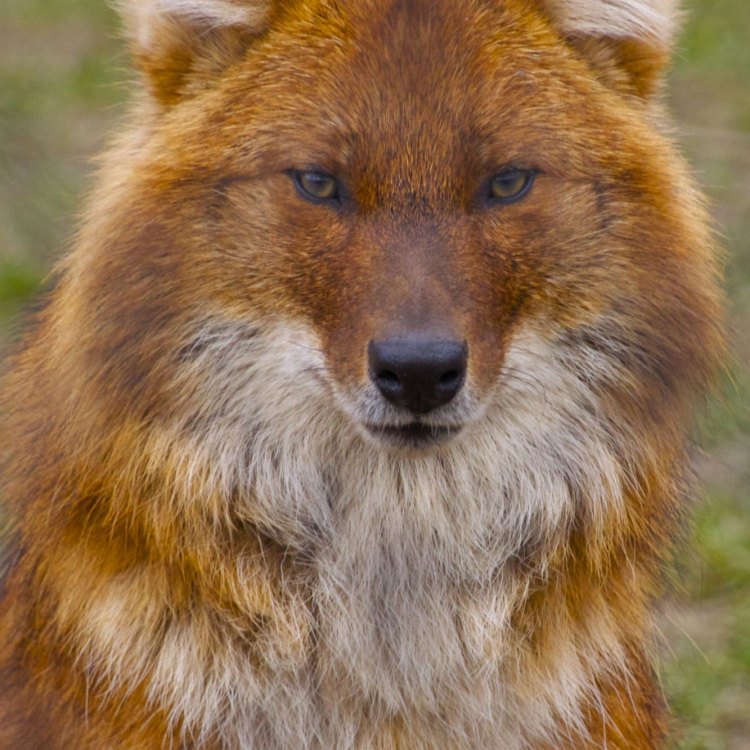
Dhole
- Adult Size: Small to medium
- Average Lifespan: 6 - 10 years
- Reproduction: Sexual
- Reproductive Behavior: Mating occurs between August and January
- Sound or Call: Barking howl
- Migration Pattern: Non-migratory
- Social Groups: Pack
- Behavior: Highly sociable and cooperative
- Threats: Habitat loss and fragmentation, hunting, diseases
- Conservation Status: Endangered
- Impact on Ecosystem: Regulate prey populations and maintain ecosystem balance
- Human Use: Hunted for fur and considered a pest by some farmers
- Distinctive Features: Large rounded ears and bushy tail
- Interesting Facts: Dholes are excellent swimmers and have a complex vocal communication system
- Predator: Tigers and leopards
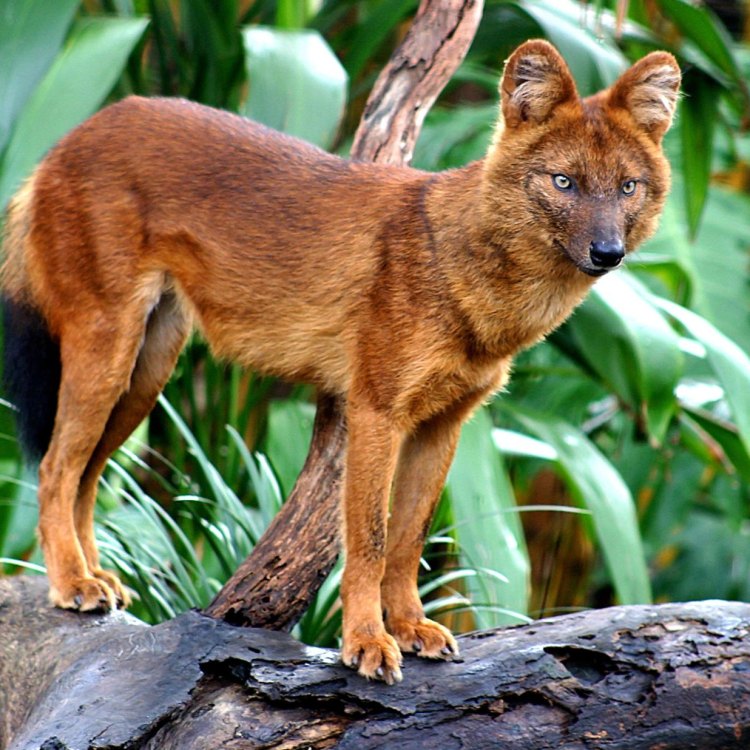
Cuon alpinus
The Fascinating World of the Dhole: The Endangered Wild Dog
In the vast and diverse world of wildlife, there is one species that often gets overlooked and underestimated - the dhole. This unique and fascinating wild dog is found in the dense forests and grasslands of Asia, and despite its important role in maintaining ecosystem balance, it is sadly facing the threat of extinction.Known by various names such as the Asiatic wild dog, Indian wild dog, or red dog, the dhole (pronounced as dole) belongs to the Canidae family, which also includes wolves, foxes, and domestic dogs. While it may resemble a domestic dog in appearance, the dhole is far from being domesticated and is a highly skilled predator in the wild PeaceOfAnimals.Com.
So let's dive into the world of the dhole, and discover its unique features, behavior, and the challenges it faces in the wild.
The Size, Lifespan, and Reproduction of Dholes
The dhole is a small to medium-sized wild dog, with an average weight of 10-20 kilograms and a height of 50-60 centimeters. However, their reddish or cinnamon-colored coat, coupled with their large rounded ears and bushy tail, make them stand out in the wild.When it comes to lifespan, dholes have an average lifespan of 6-10 years, with the maximum recorded age being 14 years. However, in the wild, their lifespan can be significantly reduced due to various threats and challenges.
Like most canids, dholes reproduce sexually, and their mating season occurs between August and January. During this time, a female dhole attracts potential mates by secreting a special scent from her genital area. Once she has chosen a suitable mate, the pair will engage in several reproductive behaviors, including playing and grooming each other, to strengthen their bond.
Social Behavior and Communication
Dholes are highly social animals, and unlike most wild dogs, they live in packs Decorator Crab. These packs can range from 3-12 individuals, consisting of a dominant mating pair, their offspring, and extended family members. These packs have a strict hierarchy, with the dominant pair being the leaders and making most of the decisions for the group.One of the most fascinating features of dholes is their complex vocal communication system. They are known for their barking howls, which can be heard from a far distance. These howls can serve various purposes, such as communicating with pack members, announcing their presence, or warning other animals of their territory. This unique form of communication plays a crucial role in maintaining the cohesion and survival of the pack.
The Threats and Conservation Status of Dholes
Unfortunately, despite their important role in the ecosystem, dholes are facing numerous threats that have led them to become an endangered species. Habitat loss and fragmentation due to deforestation and human development are the most significant threats to dholes. As a result, they are losing their natural prey, and their population is becoming increasingly fragmented, making it difficult for them to find suitable mates.Hunting is also a major threat to dholes. Historically, they were hunted for their fur, which was used to make clothing and accessories. Today, they are still hunted by some for their fur, but they are also considered pests by farmers who see them as a threat to their livestock. These misconceptions have led to significant persecution of dholes, further contributing to their population decline.
Dholes are also susceptible to various diseases and parasites, which can also impact their population. And with their relatively small population size and fragmented habitats, they are more vulnerable to these threats.
Due to these challenges, dholes are now listed as an endangered species on the IUCN Red List. Various conservation efforts are underway to protect and preserve their population, such as creating protected areas and promoting coexistence between dholes and humans.
The Importance of Dholes for Ecosystem Balance
Despite their small size, dholes play a crucial role in maintaining the balance of their ecosystems. As top predators, they help regulate prey populations, preventing them from overgrazing and damaging the vegetation. This also has a domino effect on other species in the ecosystem, as it helps maintain a balance between prey and predator populations.Moreover, dholes also have a unique hunting strategy that sets them apart from other wild dogs. They are skilled and efficient hunters, utilizing their keen senses and superior teamwork to catch their prey. This helps prevent weaker prey from surviving and passing on undesirable traits, which ultimately leads to a healthier and more resilient prey population.
The Human-Dhole Relationship
For centuries, humans and dholes have coexisted, with limited interactions. However, with the increase in human development and encroachment into dhole habitats, their relationship has become more strained. Dholes are often seen as a threat or competition to humans, and as a result, they face persecution and conflict.On the other hand, dholes have also been hunted by humans for their fur and for sport. This has led to a decrease in their population and their current endangered status.
However, it is essential to recognize the crucial role dholes play in maintaining ecosystem balance and the need for coexistence with these unique and fascinating wild dogs.
Did You Know?
- Dholes are excellent swimmers, and they can easily cross rivers and streams to hunt or reach different areas.- Their scientific name is Cuon alpinus, with "alpinus" meaning high mountain in Latin, as they were primarily found in mountainous regions.
- Dholes are the only canid known to have a thick, rounded tail, similar to that of a fox.
- Unlike most wild dogs, dholes are primarily diurnal (active during the day) rather than nocturnal.
- Dholes are considered to be highly adaptable and have been known to survive in a wide variety of habitats, including forests, grasslands, and even urban settings.
The Dhole Predators
Despite being skilled hunters, dholes have their own predators in the wild. Their main predators are tigers and leopards, who see dholes as competition for prey. These large cats can easily overpower dholes, especially when they are in smaller packs, making them vulnerable to predation.Despite the challenges they face, dholes continue to thrive in the wild and play a vital role in maintaining the balance of their ecosystems.
In Conclusion
In conclusion, the dhole may be a small and underrated wild dog, but it is a fascinating and highly important species in the vast world of wildlife. Their unique features, social behavior, and crucial role in maintaining ecosystem balance make them a significant contributor to their habitats. However, as their population faces numerous threats, it is crucial that we take action to protect and preserve these remarkable wild dogs. Through conservation efforts and promoting coexistence with humans, we can secure the future of the dhole and continue to marvel at its unique qualities for generations to come.
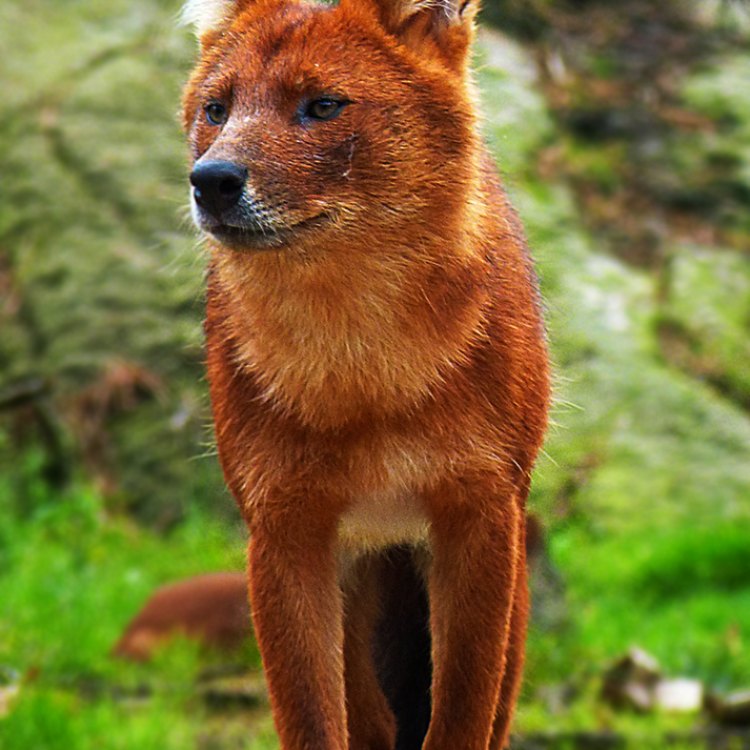
The Wild Canine: Dhole
Disclaimer: The content provided is for informational purposes only. We cannot guarantee the accuracy of the information on this page 100%. All information provided here may change without prior notice.

